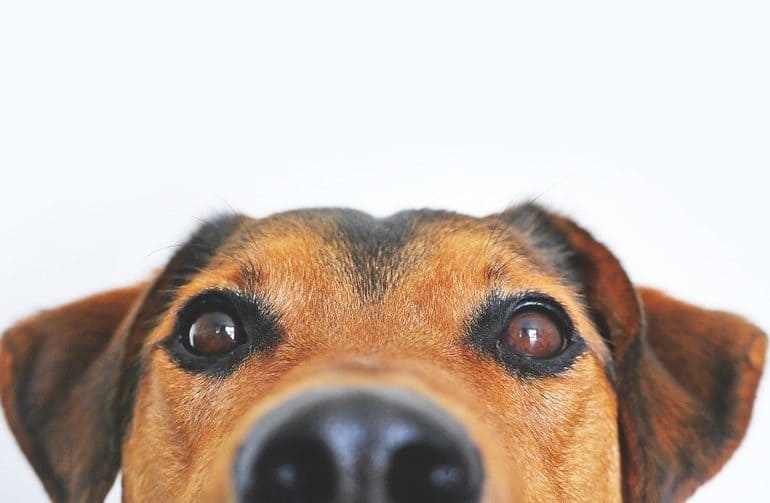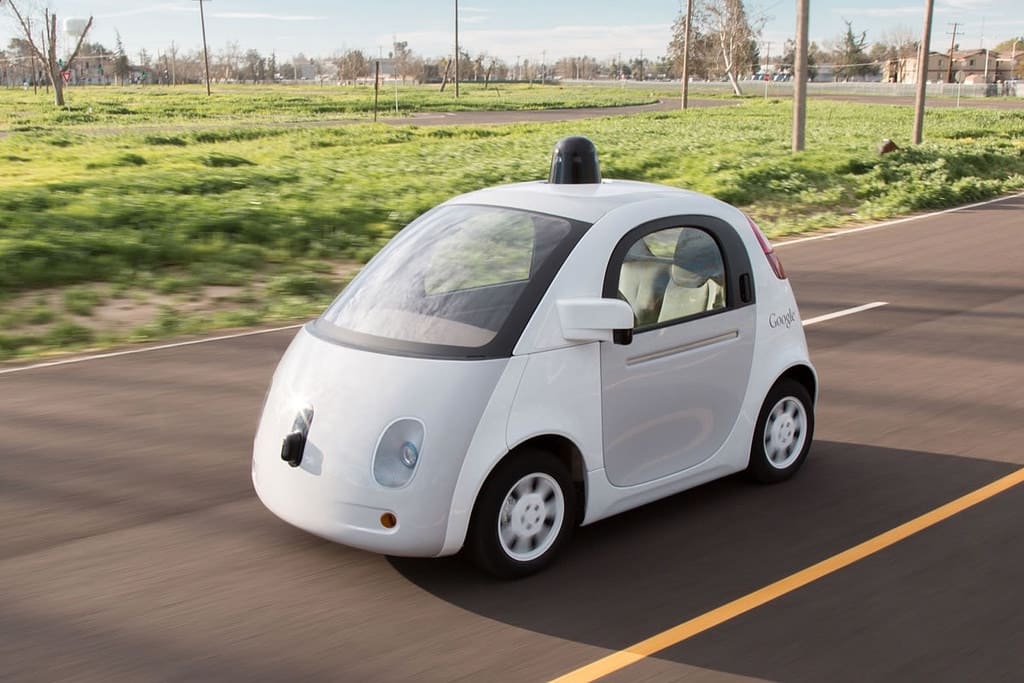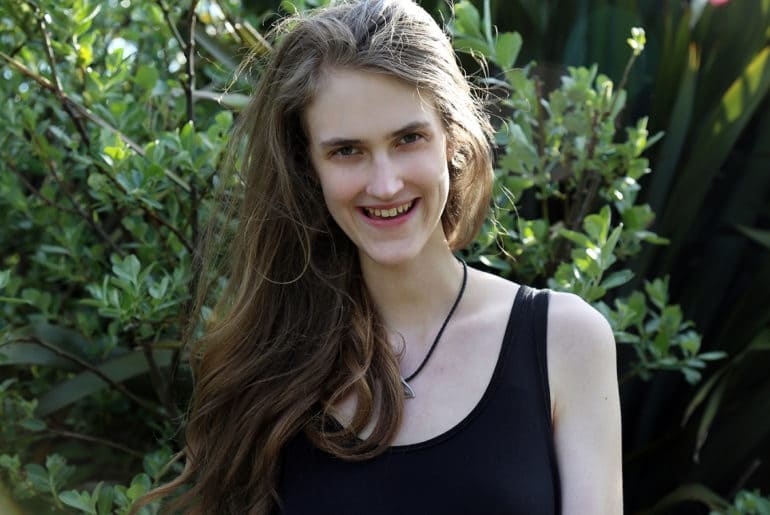“Gender identity is diverse and there are no binaries. Look into the etymology of “gender” and the word itself means nothing more than genre or kind,” says pansexual and transgender advocate, Sabbina Gibson. “This kind of binary perspective on it has been opposed and imposed on us. As a pansexual, all genders are embraced, not both. It is not one or the other.”
Gibson is a transgender woman living in Toronto. Taking a break to talk to me from personal training at Pursuit OCR, an adult obstacle course located at a converted industrial building in Parkdale, I begin to understand the hurdles Gibson and other pansexuals have to climb to help others understand their sexuality.
“Pansexuality is something that people are becoming more aware of, that more people will be able to identify with, and as a result they will not keep it in the closet. Then it will be able to be discussed openly,” says Gibson.
The first step to discussing pansexuality openly is understanding exactly what it means to each individual person within the context of their lives, and what the word means as a sexual label.
“I think sexual labels need to be defined by the communities and people who use them. We can’t define other people’s identities. In my health research I use a definition of pansexuality that draws on the etymology of the word (“pan” means “all” in Greek),” says PhD researcher for indigenous health and sexuality, Margaret Robinson.
Pansexuality is defined as a sexual attraction, romantic love, or emotional attraction toward people of any sex or gender. The term is becoming increasingly recognized in modern society, but still confuses many people. Understanding the label is a primary step to embracing this type of sexual marker and allows people to further identity with it.
Gibson says that heterosexuals look for a person with particular character traits, similar to a pansexual, but the physical aspects that a person looks for can be very superficial.
Gibson adds, “Someone who is pansexual may have an attraction to physical traits, but an attraction in someone’s personality becomes much more overarching than just a person’s appearance or a specific focus on someone’s genitals.”
Gibson also notes that her experience as a transgender woman has played a part in her identity as a pansexual because it can be difficult to find a partner.“Being pansexual, I don’t have gender preference as a way to increase my odds of finding somebody,” she says. “At this point, I don’t care who it is in terms of their gender as long as I mesh with them on an emotional and personal level.”
Logan Facette, a practicing pansexual from Calgary, AB. agrees with Gibson’s definition of pansexuality. He places emphasis on a person’s personality rather than their gender.
“My sexuality happens with the changing of the seasons. I never know who I’m going to be attracted to at any specific moment,” says Facette.
Facette is an open and outgoing person and is a passionate advocate for people with disabilities, having suffered from epilepsy himself. His favourite saying is “the only disability is a bad attitude,” and he is confident in his identity as a pansexual, demonstrating how irrelevant the need to justify sexuality really can be.
“I really don’t know why I’m pansexual. I don’t need to justify it. I need to be confident in what my mind is telling me,” he says. “This person is hugely attractive and I don’t need to know what their gender is.”
Facette is also married and monogomous. “My partner is female. She has the same attractions as I do. I am very free-flowing with my sexuality and is something I really wanted in my partner,” he explains. “There needs to be total honesty and communication in the relationship. I quickly learned I wasn’t comfortable with being “bi”. I kept looking and I came upon pansexuality.”
University of Toronto professor of philosophy of sexuality, Ronald De Sousa, emphasizes the importance of drawing the distinction between bisexuality and pansexuality to further understand the meaning of “all” in the Pan identifier. “Pan requires thinking of people without bringing in their gender. Bisexuals may be distinguished because they may not be open to people that are in-between genders,” says De Souza.
Bisexuality is defined as an attraction to the same and different, but is often termed as an attraction to two specific genders rather than all genders. That being said, Robinson notes the difference between the two types of sexual labels leads some people to frame pansexuality as trans-friendly and bisexuality as transphobic, which is not the case.
“There’s been a tendency in some circles to frame pansexuality as trans-friendly and bisexuality as transphobic, but that ignores the reality of bi communities, our trans-inclusive history, and it ignores the trans people who identify as bi. I’m bisexual because I have attraction to people with the same gender as me and also to people with genders different from my own,” says Robinson. “Identity is contextual. Identifying as bisexual connects me with specific communities, particular histories, and particular values. I fit the definition of pansexual, but I don’t use that label.”
Pansexuality also attempts to overcome the common correlation of gender and sexuality, rather than specifying sexual orientation towards genders in any way.
Gender is defined as “the state of being female or male, with reference to cultural differences rather than biological ones.” Sexuality is defined as “a person’s sexual orientation or preference”. Too often, gender and sexuality are blended into the same meaning.
“How absurd is it to filter all of your sexual partners within the criteria of gender,” says De Souza. “Freud said, ‘Heterosexuality is much in need of questioning.’ I agree because people’s sexuality should be free. It shouldn’t be bound by heterosexual monogamous relationships. Gender and sexuality have nothing to do with humans in any way except by these ideas about what you are supposed to do as a woman and a man.”
Gibson agrees. “Gender and sexuality is too intertwined for people to distinguish what the difference is. Even in the LGBTQ culture,” she says. “There is not just one gender or the other, and there is no distinct boundary. Gender becomes a grey area and an expression of a much more complex human nature.”
Over the last century, the discursive space to discuss different types of sexualities and labels across the spectrum has increased substantially. With the wake of feminism in the 1970s, sexuality became a prevalent topic and though homophobia still persists, heterosexuality is no longer seen as the only mode of sexuality in western society.
Robison further explains there are a few generations of women and men interested in enforcing gender binaries, which opens up the space to more gender fluid expressions of sexuality. Potentially, the next possible wave of change in the world of sexuality of understanding is the eradication of the need to label sexuality into a category at all.
“The point here is not about whether you are hetereosexual, bisexual, homosexual or pansexual. The reality is that if you are human, you are just simply sexual,” says Gibson. “How you categorize it and contextualize it is your individual decision.”



